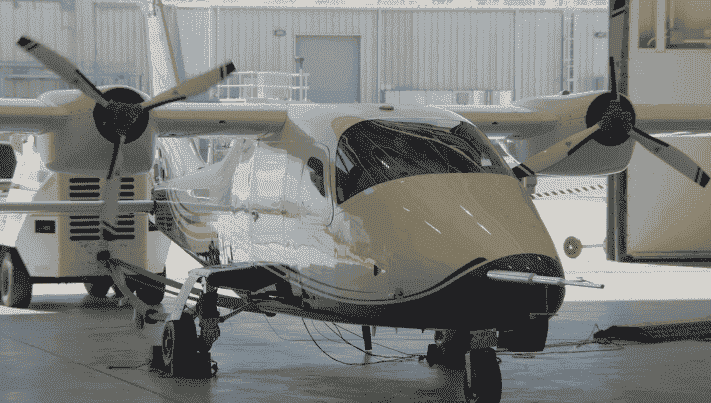
The X-57 Maxwell test aircraft will be retired by NASA at the end of this calendar year, as the agency has made the decision to do away with it.
NASA was engaged in the development of an altered version of an aircraft, intending to transition it into an electric aircraft powered by batteries.
Nasa X-57 Project Builds Upon The P2006t Aircraft As Its Foundation
The modified aircraft, known as the X-57, is based on the P2006T, a twin-engined aircraft originally manufactured by the Italian company Tecnam.
In order to evaluate the practicality of using battery-powered electric propulsion, NASA modified the P2006T by adding six electric motors on each leading edge of the high-winged aircraft, as well as larger wingtip motors.
The use of electric propulsion, fueled by rechargeable lithium-ion batteries, is expected to enhance the efficiency and reliability of the X-57. Additionally, since no fuel is being burned, the aircraft produces no greenhouse emissions, resulting in significantly reduced operating costs.
Read more: Harnessing ChatGPT For Wealth: Money Expert Jaspreet Singh Shares Millionaire Secrets
Challenges in Electric Aircraft Technology

During takeoff, the twelve small motors on the wings are employed, but once the aircraft reaches its desired altitude and enters cruising mode, the propellers of these motors retract, reducing drag. At this point, the larger wingtip motors take over for propulsion during the cruising phase.
Recent reports indicate that the current electric aircraft technology is not yet sufficiently advanced to ensure safe flight operations.
This comes shortly after Tecnam announced the suspension of its own electrification project, the P-volt, due to the lack of economically viable battery technology available for operational purposes.
Furthermore, the X-57 program encountered cost overruns, exceeding the initial projected budget of $40 million by an additional $47 million. Initially, NASA based the program on the assumption that the existing electric propulsion system would be technologically mature for the X-57, but it was found that several subsystems were not capable of ensuring safe flight operations.
Ultimately, safety remains the paramount concern in aviation. Therefore, if the testing reveals that the technology is not currently capable of supporting safe operations, it would be prudent to wait until the technology has sufficiently advanced to be integrated into the aircraft for safe flight.
Read more: Fossil Unveils Ancient Long-Necked Sea Beast’s Decapitation

